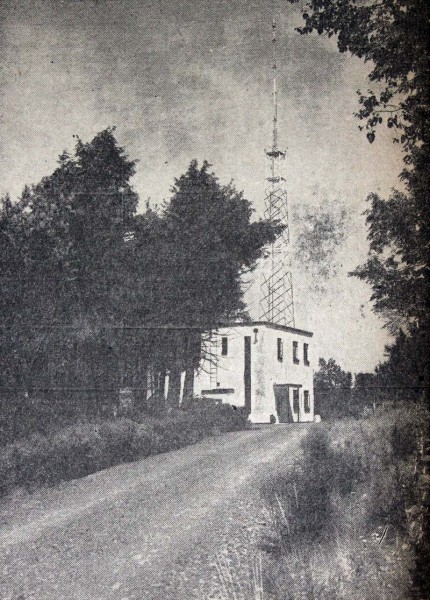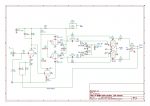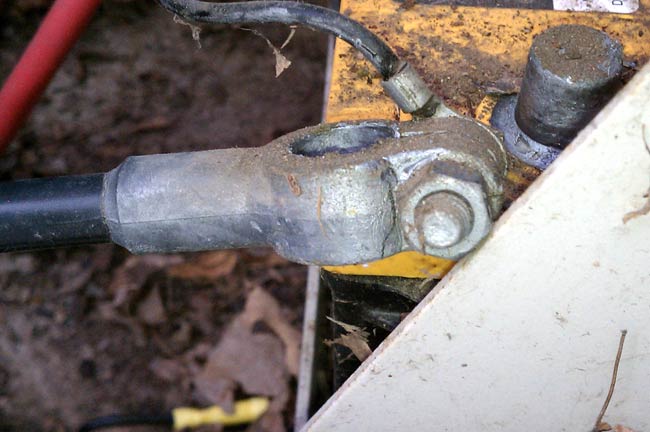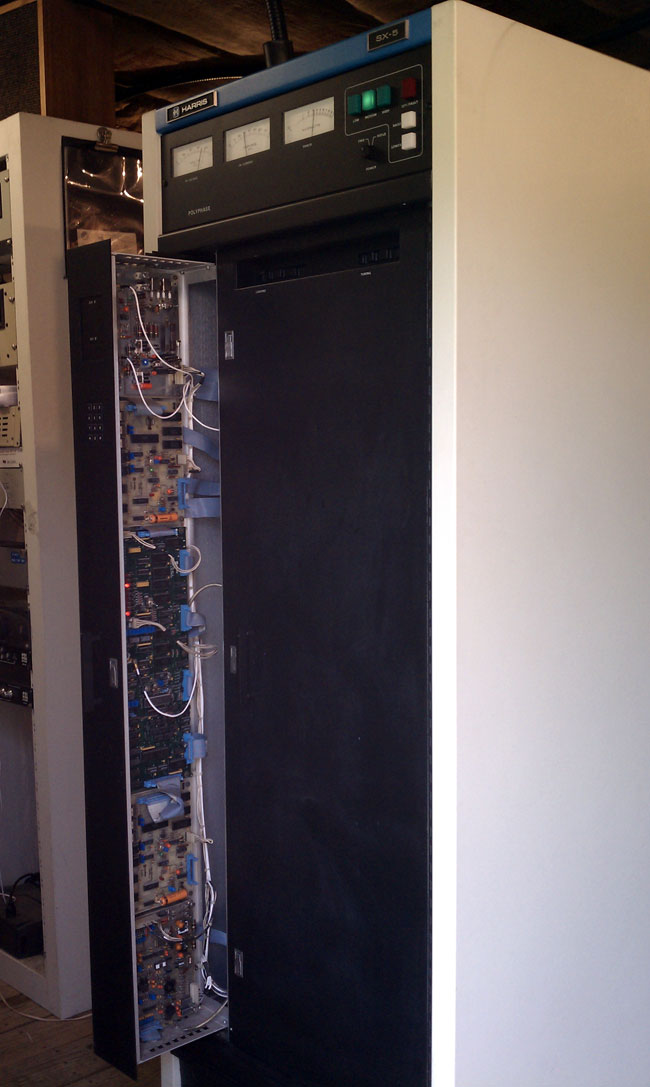In case you have wondered it yourself:
This is an EIMAC 4CX3500A which came out of a Harris HT5 transmitter. As you can see the ceramic cracked in half. When I arrived at the transmitter site, the unit was on full plate voltage, with no plate current, and no overload lights. I figured it might be something with the tube, so I tried to pull it out, but only the top half came. One of those “Ah ha” moments.
Fortunately, there was a working spare at the transmitter site and we got back on the air relatively quickly. That, in and of itself is amazing considering the building that this transmitter lived in. One of those abandoned former studio sites with the transmitter jammed into a back room somewhere. To get to it, one has to dodge pigeons, beware of rats and wade through piles of garbage.
It is a little bit hard to tell in this photograph, but there are two “cages” which are the Screen and Grid. The post in the center is the filament/cathode and the top detached part is the plate/anode. In an FM transmitter, the exciter is coupled to the grid, and the screen accelerates electrons toward the plate and therefore controls the power, the plate collects the electrons and is coupled to the output stages and the antenna. Good stuff.






Do you rebuild the 8873 tube? I have one that has no out put and these tubes are very hard to find